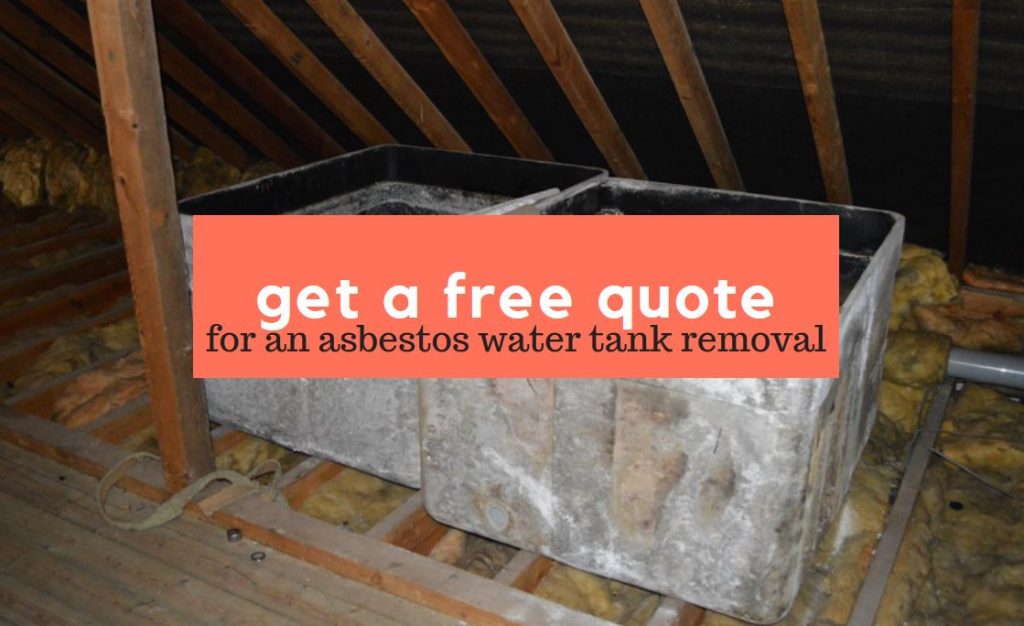Asbestos Water tanks are often located in lofts, boilers houses and bathroom areas.
Asbestos water tanks (also called asbestos cement water tanks) are common in many types of buildings built from the 1950s until the 1990s however some houses built outside of these dates will also contain them where updates have been made over the years. The tanks are produced from a material called asbestos cement which has the hazardous fibres Chrysotile asbestos added to it to help make the product lighter, stronger and waterproof. This is hazardous to human health.
How To Tell If A Water Tank Is Made Of Asbestos?
 Asbestos water tanks can vary in size but are usually around the size of a domestic washing machine and grey in colour (similar to the colour of paving slabs). They will often have a lid made of the same material and may have been covered with an insulating jacket.
Asbestos water tanks can vary in size but are usually around the size of a domestic washing machine and grey in colour (similar to the colour of paving slabs). They will often have a lid made of the same material and may have been covered with an insulating jacket.
The only way to be completely certain that a water tank is made of an asbestos-containing material is to have some of the material sampled and tested by an asbestos company. However, most experienced asbestos Surveyors and Operatives will usually be able to tell from looking at a tank.
In some cases, the pipework attached to the tank may have been insulated with pipe lagging to protect against frost. Make sure you don’t disturb any insulation unless you know exactly what is made from. This may be asbestos pipe lagging which can only be removed by a licensed asbestos contractor. Asbestos testing can confirm if the insulating material contains asbestos.
Asbestos Cold Water Tank Removal
Most asbestos water tanks are located in the loft area of a building, although the tank may be located in a boiler house or outbuilding. This can make removing the tank through a loft hatch difficult. Never break, crack or cut the tank as this will release dangerous asbestos fibres into the atmosphere. If inhaled the fibres can cause respiratory diseases in humans. If in any doubt you should employ the services of an Asbestos Water Tank Removal specialist.
It’s recommended that you employ the services of a specialist asbestos removal company to remove the tank if in doubt. Once disconnected from the buildings water supply and drained, fully trained asbestos operatives carefully wrap the tank in a specialist polythene wrapping a number of times to ensure is it sealed from the environment. The tank is then carefully deconstructed within the polythene to enable the Operatives to remove the tank from the area. The waste will be removed from the site and disposed of in a special asbestos land-fill site.
Hazardous Waste Consignment Note Supplied
One the asbestos water tank removal has taken place, make sure that the asbestos waste is being taken to a licensed asbestos disposal site make sure that you obtain a Hazardous Waste Consignment Note. This also helps to combat illegal Fly Tipping. If a company refuses to provide you with a Hazardous Waste Consignment Note, don’t let them take the waste as you might receive a fine if the waste is illegally dumped and traced back to you.
Asbestos Water Tank Removal Cost
The asbestos water tank removal cost varies depending on the location and size. Prices start at £209.00+vat including removal from the loft, disposal and a Waste Consignment Note.



